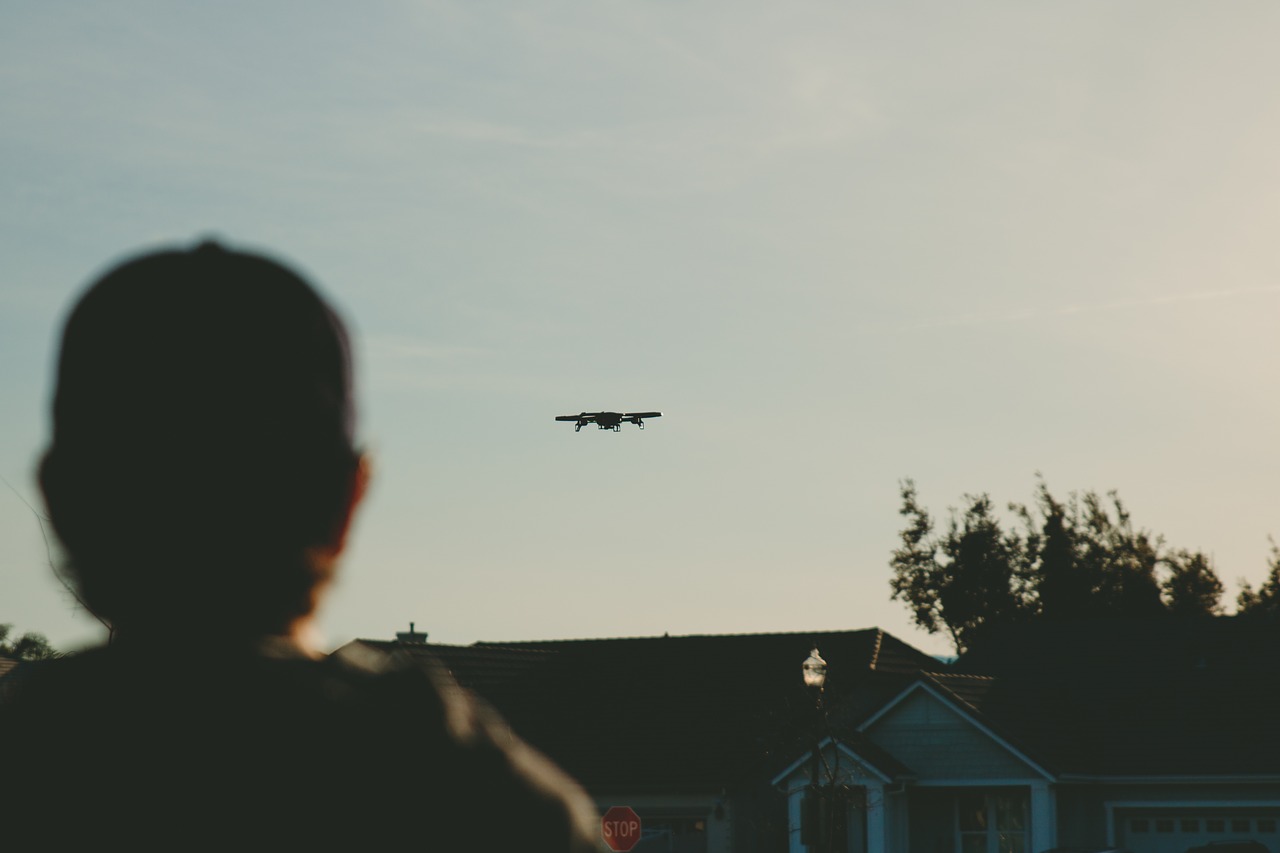On October 10th the Wall Street Journal reported that the Drone Advisory Committee (DAC) created by the FAA earlier this year, failed to agree on how civilian drones should be tracked by authorities, adding uncertainty to the push for expanded commercial uses.
DAC couldn’t reach an agreement on key issues, such as the types of drone models that should be subject to radio tracking, according to two people familiar with the deliberations. A majority of members on the committee didn’t sign on to its final report, which was submitted to the FAA in early October.We reached out to the FAA for official comment and a spokesperson for the agency, who asked to remain anonymous, said “The FAA will review the advisory committee’s report and its findings carefully.”The most worrisome aspect of this development is that members of the committee were deeply divided on many fronts, with hobbyists, police organizations and a diverse group of the vibrant drone industry taking opposing positions. The WSJ report comes as the National Transportation Safety Board (NTSB) is investigating the Sept. 21st incident in which the first proven case of an UAV colliding during flight with a manned aircraft, an Army helicopter, occurred. There were no reported injuries and the helicopter was able to land safely, but the preliminary report indicates that the impact damaged one of the copter’s rotors.The DAC’s apparent failure to reach consensus is a huge setback for the industry, which is experiencing rapid growth but is still largely prevented from completing missions over people or beyond visual line of sight (BVLOS) of the operator.DAC was originally created by FAA’s Administrator Michael Huerta in an effort to find solutions to the growing demand by commercial operators and manufacturers to expand Part 107 to allow full integration of manned and unmanned aircraft in controlled airspace, including BVLOS and long flights over populated areas. Even though no specific details have been released on the origins of the disagreement between members of the panel, we suspect that the mandatory enforcement of the Automatic Dependent Surveillance – Broadcast (ADS-B) is playing a key role in the discussions.ADS-B is a surveillance technology in which an aircraft determines its position via satellite navigation and periodically broadcast it, therefore allowing active tracking by other aircraft and ATC alike to guarantee situational awareness and self separation. ADS-B will be mandatory on every manned aircraft by 2020 and in order to allow full integration of manned and unmanned aircraft there must be growing pressure from established manufacturers such as Boeing and Lockheed Martin, and General Aviation user’s groups to force every drone wishing to fly in controlled airspace, to have ADS-B on board too.Installing ADS-B equipment on every drone will add considerable costs to UAV manufacturers and operators alike.Members of DAC must find a way to suggest regulations that satisfy the objections of federal and local law enforcement groups, which worry that growing civilian UAV operations could become a security and public safety chaos and is critical to expanding operations for the unmanned industry.Administrator Huerta has hinted since last year his plans to release a proposal to expand Part 107 to allow drone flights over people and BVLOS, but the process is on hold due to objections from law enforcement agencies.Some type of tracking and detect-and-avoid system is critical for companies like Amazon, FEDEX, UPS and Google which want to use UAVs to deliver retail goods to customers. These companies agree that all drones operating in areas with delivery flights should have to broadcast their identity and position to ensure safety.The FAA and law enforcement agencies can craft regulations without the agreement of drone-industry sectors, but DAC was created precisely to avoid unilateral action for such a promising new technology. It is likely that the FAA will reconvene the advisory panel and ask them to find ways to reach consensus.Subscribe
The information you submit will be stored and used to communicate with you about your interest in Commercial UAV News. To understand more about how we use and store information, please refer to our privacy policy.
October 12, 2017
FAA Drone Advisory Committee Fails to Reach Consensus















Comments